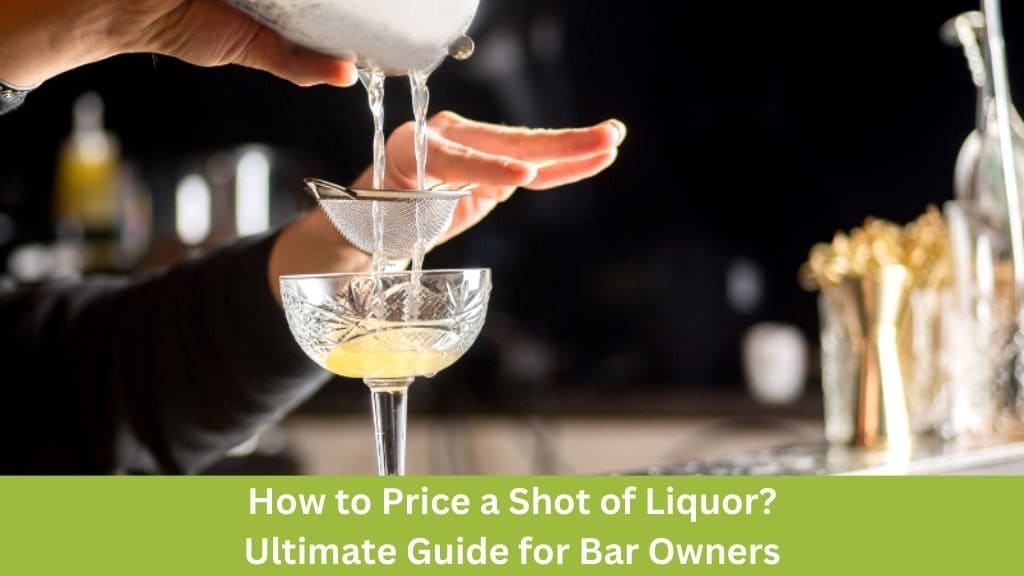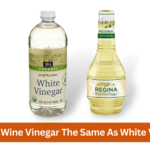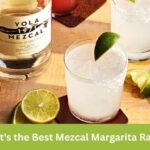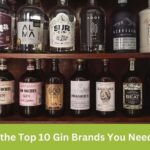In the hospitality industry, pricing drinks appropriately is essential for maximizing profits while remaining competitive. Shots of liquor are a staple in many bars and restaurants, but determining the right price can be challenging. In this comprehensive guide, we’ll delve into the intricacies of pricing a shot of liquor, exploring factors such as cost calculation, industry standards, and strategic considerations.
What is a Shot of Liquor?
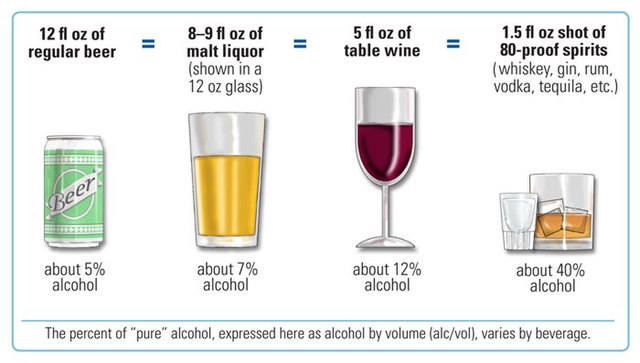
A shot of liquor, also known simply as a “shot” is a small serving of distilled spirits typically consumed in one gulp. It is a popular choice among patrons seeking a quick and potent alcoholic beverage.
Why Pricing Shots Matters?
Pricing shots accurately is crucial for maintaining profitability in the bar or restaurant business. Setting prices too low can lead to revenue loss, while pricing too high may deter customers and result in decreased sales volume. Finding the right balance is key to maximizing revenue while meeting customer expectations.
Calculating the Cost
Cost of Goods Sold (COGS)
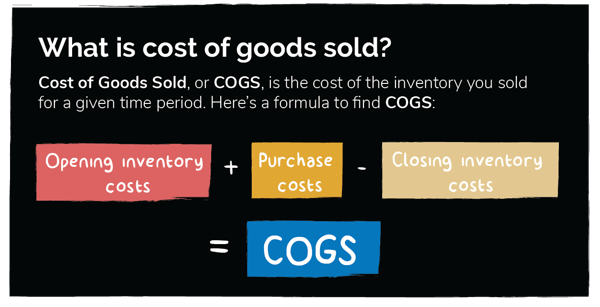
The first step in pricing a shot of liquor is calculating the cost of goods sold (COGS). This includes the cost of the liquor itself, as well as any additional expenses such as garnishes or mixers. To determine the COGS for a shot, bar owners must consider factors such as the price per bottle, portion size, and wastage.
Pour Cost
Pour cost, also known as liquor cost, refers to the percentage of a drink’s selling price that represents the cost of the ingredients. For shots of liquor, pour cost is typically higher than for mixed drinks, as there are no additional ingredients to factor in. Bar owners aim to achieve a target pour cost that allows for a healthy profit margin while remaining competitive in the market.
Industry Standards
Average Pour Cost
In the bar industry, the average pour cost for shots of liquor typically falls within the range of 15% to 25%. However, specific establishments may have different targets based on factors such as pricing strategy, customer demographics, and market positioning. It’s essential for bar owners to analyze their own pour cost and adjust pricing accordingly to optimize profitability.
Competitive Pricing
When pricing shots of liquor, it’s crucial to consider the pricing strategies of competitors in the local market. Setting prices too high relative to other establishments may result in lost business, while undercutting competitors excessively can lead to a perception of low quality. Conducting market research and monitoring competitor pricing can help bar owners make informed decisions about pricing their shots.
Strategic Considerations

Upselling and Cross-Selling
Effective upselling and cross-selling strategies can boost revenue by encouraging customers to purchase higher-margin items or additional drinks. Bar staff can promote premium or specialty shots, suggest pairings with other menu items, or offer discounts on multiple purchases to incentivize customers to spend more.
Seasonal and Promotional Pricing
Seasonal promotions and special events provide opportunities for bars to adjust their pricing strategies and attract customers. Offering discounted shots during happy hour, hosting themed nights featuring specific types of liquor, or introducing limited-time promotions can generate excitement and increase sales volume.
Value Perception
Perception of value plays a significant role in pricing decisions. By emphasizing the quality, uniqueness, or exclusivity of their shot offerings, bars can justify higher prices and differentiate themselves from competitors. Creative branding, presentation, and storytelling can enhance the perceived value of shots and justify premium pricing.
Conclusion
Pricing shots of liquor requires careful consideration of various factors, including cost calculation, industry standards, and strategic considerations. By understanding the basics of pricing, analyzing market trends, and implementing effective pricing strategies, bar owners can maximize profitability while satisfying customer preferences. With the right approach, pricing shots of liquor can contribute to a successful and thriving hospitality business.
I’m Chen Mina, from Vol de Nuit, who has a special passion for bartending, especially mixing wine, beer, and cooktail. Here you will find content about alcoholic beverages, I will bring you knowledge that few people know about this drink.

